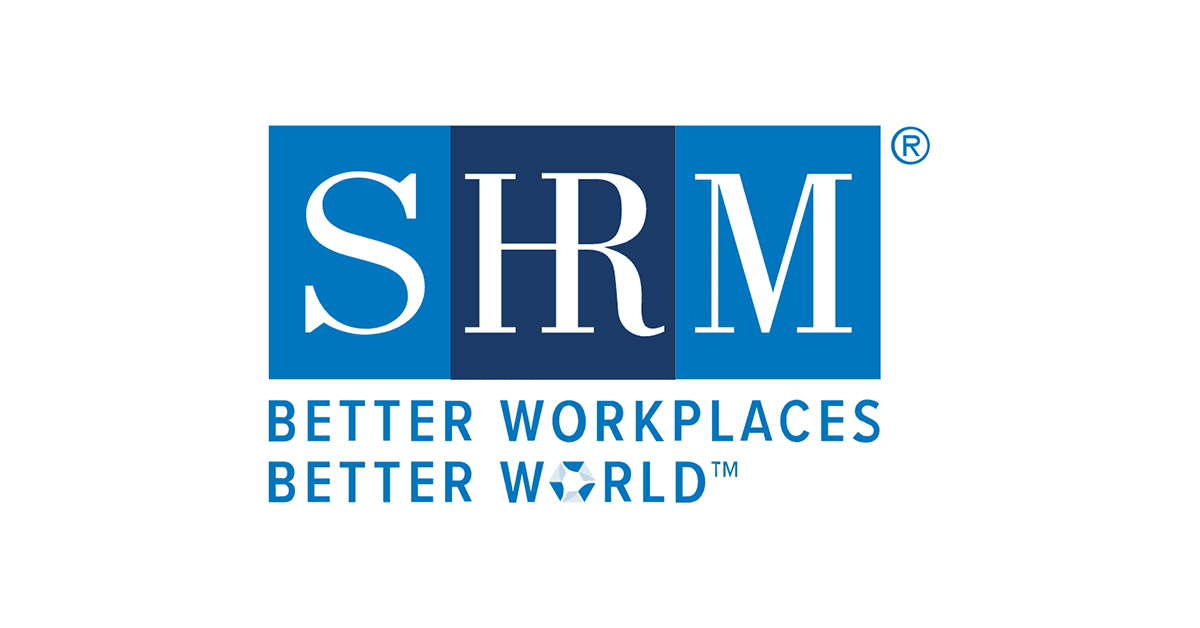If I asked you who handles harassment cases at work, you’d probably all say HR does. Those who know HR well would add that this is a job for the Employee Relations team. While this is true, there’s often a step before HR gets involved, and that’s the manager.
Recognizing illegal harassment.
Do your managers know what illegal actions look like? The good news–they don’t have to. There can be some tricky legalities around harassment. Truth is, you can be a jerk and treat people terribly, and it’s not illegal–as long as you’re an equal opportunity jerk. But, once you start treating people poorly because of their race, gender, etc., it becomes illegal.
race, gender, etc., it becomes illegal.
Managers may hesitate to report something because they aren’t clear on whether or not it rises to the level of “illegal” behavior. This is why you must train them to report all harassment to HR, whether it’s illegal or not. Employee Relations specialists need to conduct thorough and unbiased investigations of all alleged harassment claims so appropriate steps can be taken.
If someone behaves poorly toward another employee (or customer), the manager needs to document it and report it to HR. They don’t need to decide if the behavior constitutes illegal harassment or discrimination. Just document that there was bad behavior and let ER handle it from there.
Letting managers know this can relieve their burdens. They don’t have to worry about making the wrong decision or accusing someone of racist or sexist behavior and then being wrong. Giving them the freedom to turn it over to HR can increase your workload (sadly) but reduce the company’s liability and solve problems faster.
It doesn’t have to be illegal to be bad.
While bullying isn’t illegal in and of itself, managers should stamp it out as soon as possible. Make managers your partners by training them to spot and address bullying right away.
Remind them that bullies have been practicing their craft since second grade, so they’ve probably gotten pretty good at it by adulthood. It may not always be easy to spot. One good trick to spotting bullying is to look at the final work product. Here’s how it can work:
Jane: Stephanie never does any work! She’s so lazy!
Manager: Let me investigate
If the manager takes a look at Stephanie’s work product–her files, her emails, her communications with clients, the manager may find that Stephanie is doing her work and doing it well. This can be a sign to investigate Jane further and see if she’s the problem. Let managers know that you are there to help them along the way. Let them know that you will partner with them–you’re not the school principal coming to render judgment and put someone in detention. You’re there to support the manager and the company.
Teach managers how to recognize a complaint.
“John is so annoying. Can I be moved to a different shift?”
What does that mean? Does John clear his throat every 30 seconds? Or is John making sexual comments to Jane? Sometimes an employee will downplay harassment because they just want it to stop. Nice people don’t want other people to get “in trouble.”
Managers need to recognize keywords like annoying, uncomfortable, rude, and uneasy. These can be soft ways to report harassment. It can be reporting something innocuous–like the throat-clearing–or it can be the first indication of racial harassment.
Following up is essential. “What makes John so annoying?” “What did he do that was rude?” Teach managers to get clarity around these issues. Managers can handle many situations on the spot with a few follow up questions. (“It’s allergy season. John’s throat clearing will stop when the pollen stops.”) And some are pointless whines. (“Jane always gets the best files” can be countered with “Yes, because she comes to work on time. If you’d show up on time, you could have the first pick as well.”) But, sometimes, you’ll get responses like this, “I don’t know, he just makes me uncomfortable.” That’s when the manager should call in Employee Relations.
These statements don’t seem like formal complaints, but employees often feel like they have done something and get confused when nothing happens. Train managers to recognize these informal complaints, and you’ll be able to catch harassment early.
Employee Relations and managers can make a great team! Keep in mind that you also need to listen to employees and not just dismiss their complaints because the manager is always right. Managers aren’t. Take the time to investigate, work with people, and stamp out harassment in your office.



